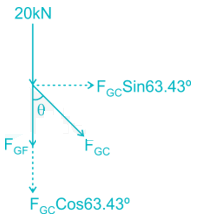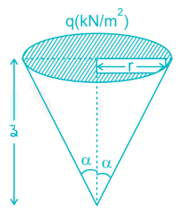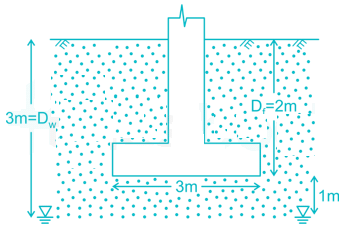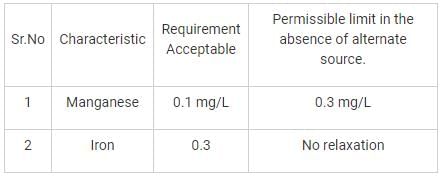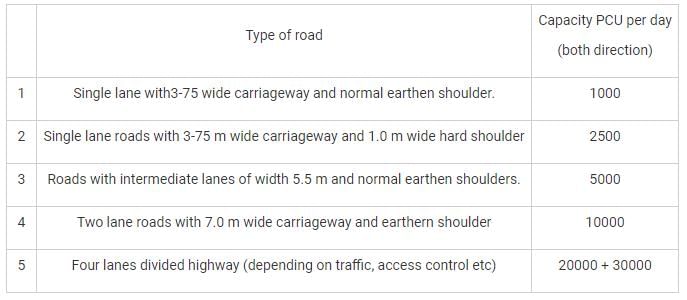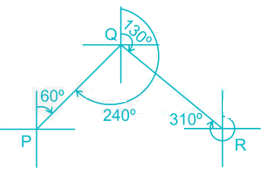Practice Test: Civil Engineering (CE)- 7 - Civil Engineering (CE) MCQ
30 Questions MCQ Test - Practice Test: Civil Engineering (CE)- 7
Choose the most approximate word from the options given below to complete the following sentence.
If I had known that you were coming, I _______ you at the airport
Choose the most approximate word from the options given below to complete the following sentence.
I believe in the _____ of positive thinking thus always recommend these books to my clients.
Consider a circle of radius r. Fit the largest possible square inside it and the largest possible circle inside the square. What is the radius of the innermost circle?
A bird files along the three sides of a field in the shape of an equilateral triangle at speeds of 3, 6, 8 km/hr respectively. The average speed of the bird is
Choose the most appropriate words from the options given below to fill in the blanks.
She was ______ to travel abroad and _____ in the field of commerce as per her wishes.
In a 1600 m race around a circular track of length 400 m, the faster runner and the slowest runner meet at the end of the sixth minute, for the first time after the start of the race. All the runners maintain uniform speed throughout the race. If the faster runner runs at twice the speed of the slowest runner. Find the time taken by the faster runner to finish the race.
Select the pair that best expresses a relationship similar to that expressed in the pair:
Horse: Foal
Read the following passage and find out the inference stated through passage.
Juvenile delinquency is also termed as Teenage Crime. Basically, juvenile delinquency refers to the crimes committed by minors. These crimes are committed by teenagers without any prior knowledge of how it affects the society. These kind of crimes are committed when children do not know much about outside world.
Which of the following Inferences is correct with respect to above passage?
If n and y are positive integers and 450 y = n³, which of the following must be an integer?
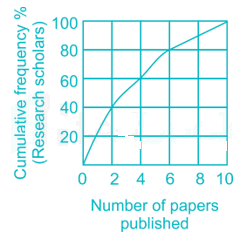
The graph shows cumulative frequency % of research scholars and the number of papers published by them. Which of the following statements is true?
For which value of x, the following matrix A is a singular matrix.

Find the laplace transform of t2sin (2t).
Consider the following function:

f(x) at x=2 is
The integrating factor of equation y log y dx + (x – log y) dy = 0 is
For the Real Beam shown in the figure below, identify the correct conjugate beam

A 25 cm long rod of uniform rectangular section of size 10 mm (wide) and 1.4 mm thickness is bend to form an arc of a circle. If the longitudinal strain at the surface of the rod is 0.00084, the central displacement of the rod will be _____ mm. Neglect second order quantities.
Consider the following statements and Identify the correct option with regard to provisions of IS 456: 2000:
P. The minimum stripping time for props to slab spanning over 4.5 m is 7 days
Q. The minimum stripping time for props to arches spanning over 6 m is 14 days.
R. To ensure strength of Designed concrete mix, Random sampling procedure is adopted
S. When bar of two different diameter are to be spliced, the lap length shall be calculated on the basis of bar of the larger diameter.
For a truss shown in figure below. Find the force in the member GC ______ kN.
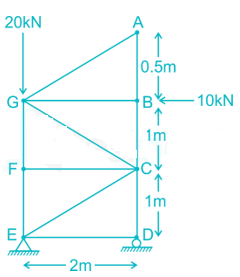
A tension member 1SLB 250 @ 273.7 N/m is connected with two 200 wide and 12 mm thick plate with two lines of 16 mm diameter bolt in each flange. If the net section area is 2800 mm2 , then the tensile strength (in kN) on the basis of net area cracking of ISLB section using Fe 410 grade of steel will be _________. (Take Partial Safety Factor as 1.25)
A circular footing of diameter 4m is loaded with 200 kN/m2 of load intensity. The vertical stress increment (kN/m2) at 6m depth below the footing will be?
A square footing of size 3m × 3m is placed at 2m depth below the Ground surface. If the permissible settlement of the foundation rests on sand strata is 40 mm and the final corrected S.P.T Number is 28. The net allowable bearing pressure from settlement consideration according to Peck, Hanson equation will be _____kN/m2
Assume water table is at 1m below the base of the footing
The liquid limit and plastic limit of the soil is 55% and 25% respectively. If the natural water content of the soil is 30%. The correct statement is
A capillary rise in a glass tube when immersed in oil having surface tension 0.0825 N/m at 20° C and specific gravity of 0.96 is 6.25 mm. For 30% increase in height of capillarity, the diameter of glass tube should be decreased by ______ (percentage)
Take angle of contact between glass tube and oil will be zero
As per IS 10500:2012, the total concentration of manganese (as Mn) and iron (as Fe) for drinking water purpose shall not exceed
A water sample analysis produces alkalinity and hardness of 200 mg/L and 250 mg/L as Caco3 respectively. The carbonate and non-carbonate hardness respectively will be
The ultimate BOD of waste water is 300 mg/L and the reaction rate constant (to the base ‘e’) at 20°C is 0.3585/day, then the 5 day BOD will be.
As per IRC 37: 1984, the practical capacity values suggested for the purpose of design of two lane roads with 7.0 m wide carriageway and earthen shoulders in both direction is
In order to allow smooth movement of Locomotive with a maximum permissible speed of 120 kmph on a Broad Gauge track in transition curve, the radius of curvature by Martin’s formula will be
In an open traverse PQR. If the Bearing of the line PQ and RQ is 60° and N50° W respectively. The included angle ∠PQR will be



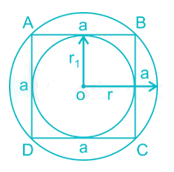





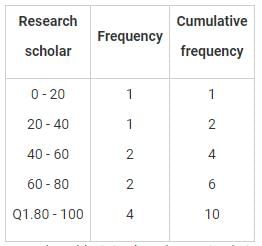










 value of b = ?
value of b = ?





 diagram of the Real beam will be loading diagram for the conjugate beam
diagram of the Real beam will be loading diagram for the conjugate beam


 = 0.7mm
= 0.7mm


